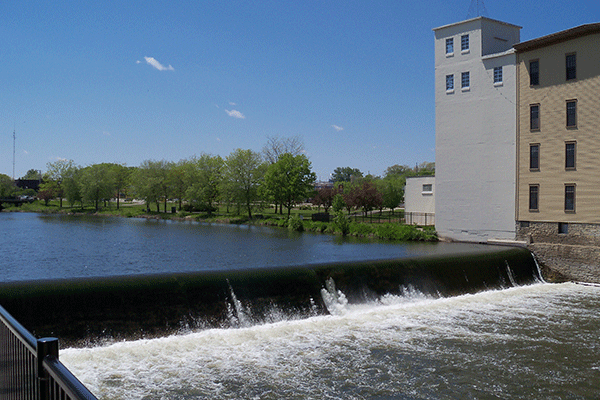At Post Consumer Brands™, we believe it’s our responsibility to help make the world a better place. This includes continuously looking for ways to minimize water usage in our manufacturing processes and protect and preserve this valuable resource that is essential to producing the breakfast cereals you and your family love.
Our primary water initiatives at Post Consumer Brands aim to minimize water usage in the cleaning process and reduce the potential for pathogenic growth. These programs focus on implementing effective dry-cleaning methods where practical that allow us to leverage alternative methods and tools to remove dust and other food debris.
A recent example of additional efforts related to water conservation involves our utility usage at our Cobourg, Ontario facility. They recently replaced a single-pass cooling system with a recirculating cooling system that reuses water in a closed loop to cool down machinery instead of using a constant flow of water. By implementing a recirculating cooling system, the plant was able to save hundreds of thousands of gallons of water annually. This type of system also improves efficiency, as water no longer has to be constantly pumped into the manufacturing plant.
Assessing Our Water Impact
In 2022, in partnership with our parent company, Post Holdings, we announced our sustainability goals. You can learn more about our goals for water usage in our latest Environmental, Social & Governance report. We are dedicated to reducing water usage and treating wastewater to protect local watersheds at all our sites across North America, in line with UN Sustainable Development Goal 6. One of our sustainability goals is to provide safe, high-quality products to our consumers and assess our water impact, particularly in high-water stress areas.
We’re working to address many different aspects of responsible water usage, including, water quantity, quality, governance, ecosystems, water, sanitation, and hygiene (WASH), and extreme weather resiliency globally. Last year, in 2022, we conducted a global water risk assessment of our operational sites. As a result, we improved data collection to understand sourcing, use, and discharge. From this assessment, we will decide on further review, actions, and investments, focusing on sites in high-water stress regions to verify safe water stewardship and consider watershed involvement.
Water usage reduction is only one way we are working to minimize our impact on the environment. Read more about our commitment to protecting our natural resources.
